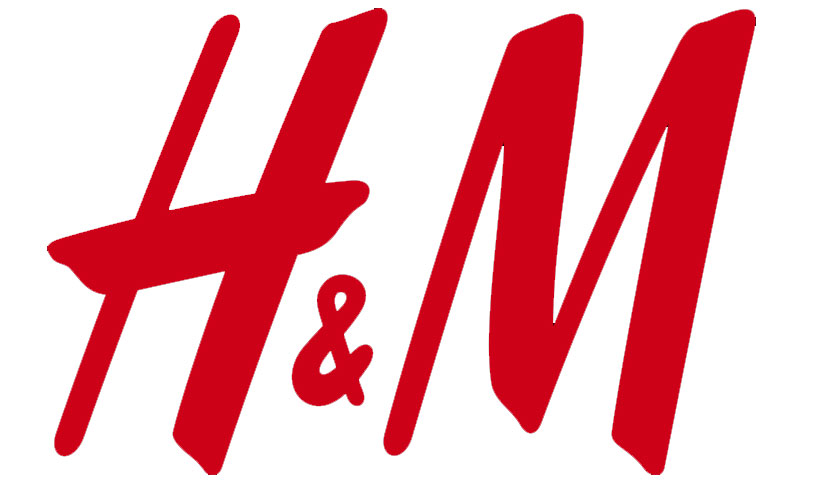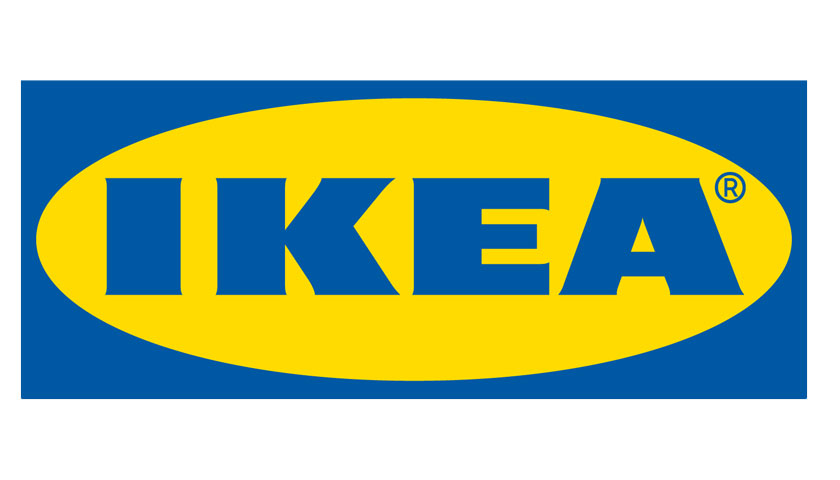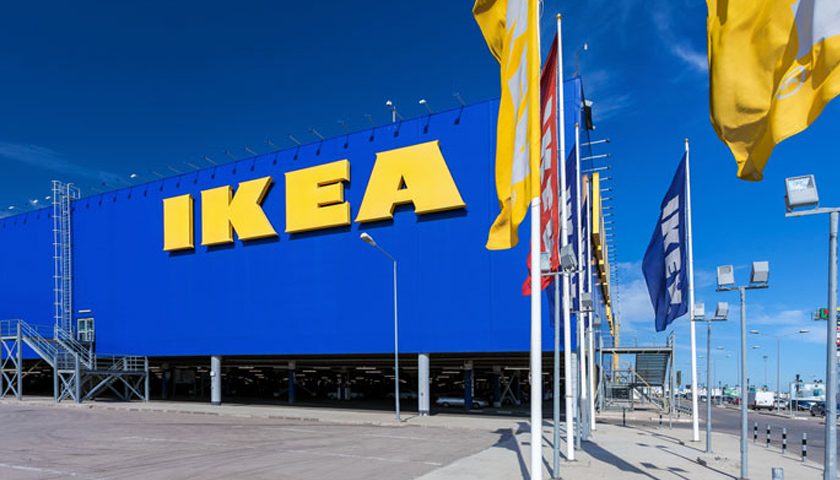To reach both the companies’ ambitions aiming for only using renewable and recycled materials by 20301, a key step is to find clean and reliable sources of recyclable materials. To tackle these industrywide challenges, H&M Group and Inter IKEA Group initiated a large-scale study in 2019, looking at chemical content in recycled textiles. The aim of the study has been to strategically increase knowledge, and overcome challenges to exchange data, and stimulate chemical transparency across the industry.
Collaboration is essential to enable real change within the textile industry, and during the autumn of 2020, adidas, Bestseller, Kingfisher, Gap Inc,. and PVH Corp. joined the study as contributors. With all involved companies’ size and presence, there is a great opportunity to lead the way. Even though the study is now finalized, a lot of work still needs to be done. “With industry collaboration, we can overcome common challenges on our way to transform to a circular business. This study has enabled us to share data through a digital platform, creating transparency and knowledge sharing, as well as creating facts to support us in taking our next steps on our journey to only use recycled and renewable materials, “says Mirjam Luc, Project leader for Recycled Textiles at IKEA of Sweden.
Post-consumer cotton, wool, and polyester waste sourced from different regions of the world were tested, resulting in a total of 70,080 data points. 2.5% of the data points showed undesirable detections, but less than 1% of the data points exceeded AFIRM RSL2 limits. Post-consumer polyester samples had the widest variety of substances detected. In post-consumer wool samples almost all samples contained at least one substance that failed against AFIRM RSL limits. Tackling the presence of legacy chemicals and hazardous chemicals in recycled materials will be key in realizing circularity within the fashion and textile industry.
“To achieve fully circular and future-proof products, legacy chemicals must be avoided from start. Only through industry collaboration and a transparent, harmonized hazard assessment methodology for all chemicals and materials – can we be proactive and secure safe and sustainable products for a toxic-free textile future.” says Linn Farhadi, Project Manager for Recycled Textiles at H&M Group.
IKEA and H&M Group will use the findings of the study to support public policy to enable usage of recycled textiles, which are safe to use. The results will also be used to advocate for establishing an acknowledged and harmonised hazard assessment methodology for chemicals used in production. This ensures that brands can assess the best available chemicals from a safety and recyclability perspective. Any chemicals hampering recycling and material recovery should be restricted.
”It’s great to see companies working together to gain increased knowledge about the chemical content of recycled textiles. We hope that studies like these will result in cleaner material flows and also motivate legislators to speed up the work with phasing out hazardous substances in products”, says Theresa Kjell, Senior Policy Advisor at ChemSec.
1H&M Group’s goal is to only use 100% recycled or other sustainably sourced materials by 2030.
2 AFIRM Restricted Substances List (Apparel and Footwear International RSL Management (AFIRM) Group)



